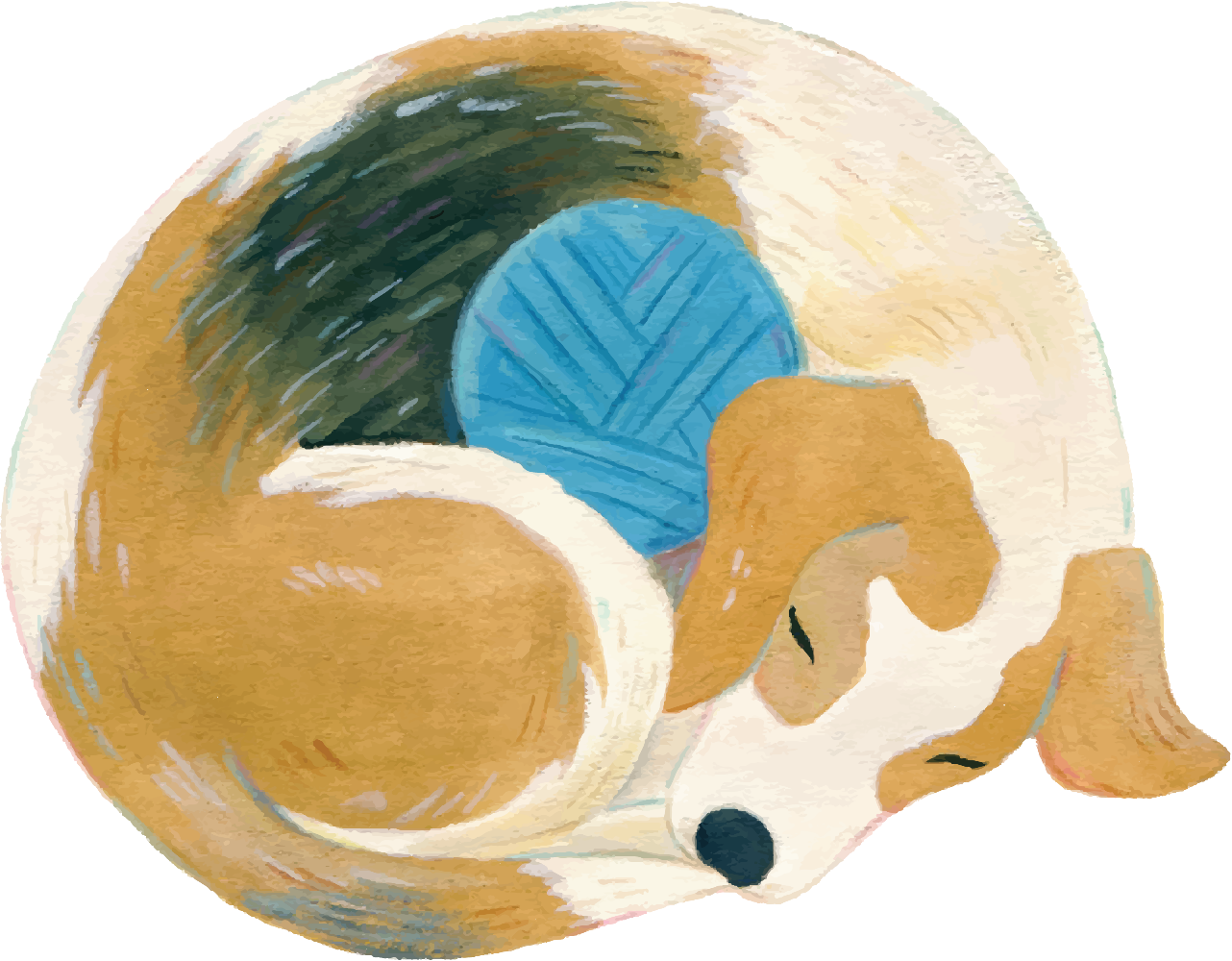Mohair-Silk Lace | Wardrobe Essentials colorways
Hold this yarn with another wool to make a cloud-like fabric.
Mohair-silk lace is a single-ply strand of absolute luxury.
It's a laceweight single-ply blend of soft-as-a-cloud kid mohair and silk, and I adore holding it together with another yarn to create sweaters and shawls with a perfect halo.
Hand-dyed mohair-silk lace takes sweaters to a new level of beauty.
You can take virtually any pattern that calls for a worsted weight yarn and use mohair-silk lace + a fingering weight yarn. It blooms and fluffs, so that the resulting fabric is incredibly resistant to pilling. It also marls and softens color to create completely new shades and tones.
Is it more expensive to knit a sweater like this?
Actually, no. Using this yarn plus a fingering weight yarn (to get a worsted weight gauge) is about the yardages of two worsted weight skeins. Two skeins = two skeins. (You can read more here.)
Yarn specifications
Mohair-Silk Lace
70% kid mohair, 30% silk
477 yards | 50g skein
1-ply
non-superwash
Gauge
Mohair-Silk Lace is ideal to hold together with another yarn for gorgeous color blending, to add that "fluff" factor, and to add durability (and resistance to pilling) to a garment.
You can also knit with Mohair-Silk as a single strand for an airy fabric, or held double with itself for a slightly more durable and also airy fabric.
My favorite way to use this yarn is with Cashmere Blend at a gauge of 17 to 20 sts to 4 inches (10 cm), which I generally achieve with a US size 7 to 9 (4.5mm to 5.5 mm)
Provenance (pending)
Kid mohair grown in South Africa
Silk grown grown in China
Yarn spun in Peru
Pattern recommendations
Mohair Silk Lace held together with either Cashmere Blend or Harvest Sport
sweater gauge of 16 to 20 sts to 4 inches:
Uniform cardigan by Carrie Bostick Hoge (links to Ravelry)
Do you need to alternate skeins?
Yes. All of my yarn is dyed by hand in small batches of four skeins. There will be variations in color intensity and placement. I think that’s part of what makes each skein perfect – they’re not identical. If you will be using more than 1 skein in your project, alternate skeins to blend any color differences.
Caring for your finished item
My wool yarns should always be hand-washed with a gentle wool wash and cold-water rinse.
Depending on the difference in chemistry between your local water and mine, there may be some color residue in the wash process. Washing and rinsing in cold water will help to minimize this.
Always let your knitted item air dry to prevent shrinking or felting and to keep your item looking its best.



























